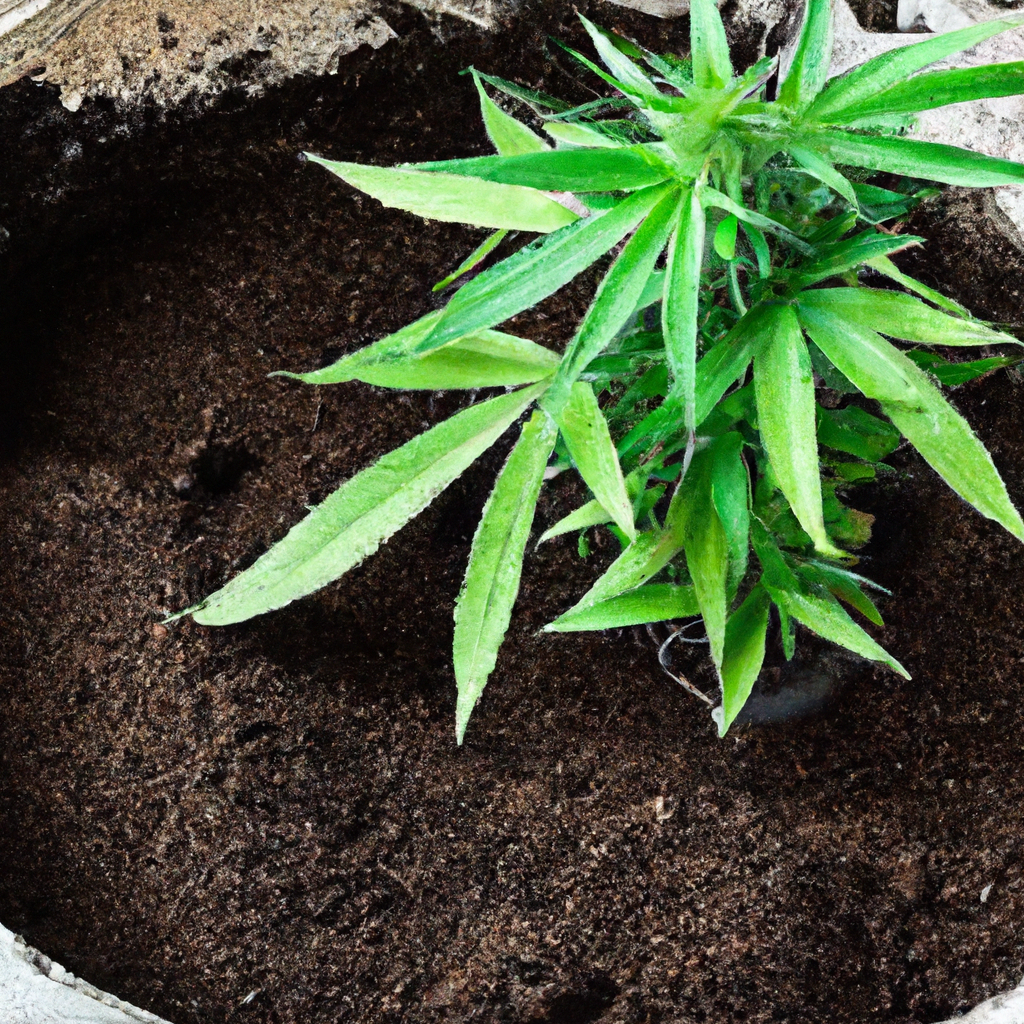Your cart is currently empty!
Tag: CannabisGrowth

Nurturing strong cannabis seedlings is key to a successful harvest. Start with quality seeds from reputable sources and use optimal germination techniques, such as soaking and planting in a seed-starting medium. Create an ideal environment by maintaining temperature and humidity, providing sufficient light, and ensuring airflow. Manage water and nutrient needs carefully to support sensitive…

Growers are increasingly using beneficial fungi, such as mycorrhizae and Trichoderma, to enhance cannabis cultivation. These fungi improve plant health and yield by boosting nutrient uptake, drought resistance, and disease prevention. For successful implementation, select high-quality inoculants, apply them appropriately, and maintain optimal soil conditions. Real-world cases, like a California operation, have shown a 20%…

Cannabis Sativa is celebrated for its tall structure and narrow leaves, thriving in warm climates since ancient times for its fiber, seed oil, and medicinal uses. Today, it’s valued for its energizing and uplifting effects, enhancing focus, creativity, and mood, beneficial for combating depression and anxiety. Popular Sativa strains like Sour Diesel and Lemon Haze…

In the dynamic field of cannabis cultivation, carbon sequestration emerges as a promising technique for enhancing yields and promoting sustainability. This process involves capturing atmospheric CO2 and incorporating it into plant biomass, boosting growth while benefiting the environment. Strategies like companion planting, cover cropping, and biochar application improve soil health, increase yields, and reduce environmental…

Growing cannabis comes with challenges, particularly in managing pests that threaten plant health and yield. This post explores strategies to enhance pest resistance, starting with understanding common pests like spider mites and aphids. Key approaches include selecting pest-resistant strains, optimizing growing conditions, introducing beneficial insects, and using Integrated Pest Management (IPM). These methods collectively help…

Inoculation is a cutting-edge technique where beneficial microbes like mycorrhizal fungi and beneficial bacteria are introduced to cannabis plant roots to boost growth, nutrient absorption, and disease resistance. Applying inoculants involves selecting high-quality products, mixing them with soil, and using them during watering, with reapplication as needed. Benefits include enhanced nutrient uptake, faster growth, increased…

Maximizing sunlight exposure is crucial for the successful cultivation of cannabis, affecting plant health and yield. During their vegetative and flowering stages, cannabis plants thrive on ample light. Key strategies include optimal placement for maximum daily sunlight, seasonal adjustments to accommodate the sun’s changing angle, using reflective surfaces to enhance light exposure, and strategic pruning…

Cannabis cultivation requires careful management of pH levels, as the right balance is vital for nutrient availability and plant health. This article explores pH management science, detailing the ideal pH range of 5.5 to 6.5 for cannabis and how deviation can lead to nutrient lockout. It provides guidance on measuring and adjusting pH using meters,…

Cultivating cannabis can be a rewarding journey, where choosing the right growing medium is crucial for success. Soil is favored for its ease of use, nutrient richness, and microbial support, making it ideal for beginners. Coco coir, derived from coconut husks, offers excellent water retention, neutral pH, and sustainability, appealing to environmentally-conscious growers. Hydroponics provides…
